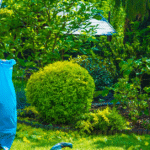Pests are a viable and normal part of a garden’s ecosystem. While it is understandable to fear an infestation, grabbing a canister of chemical pesticides may not be the brightest solution, as it can kill beneficial insects, contaminate your soil, and prompt a vicious cycle of chemical dependency.
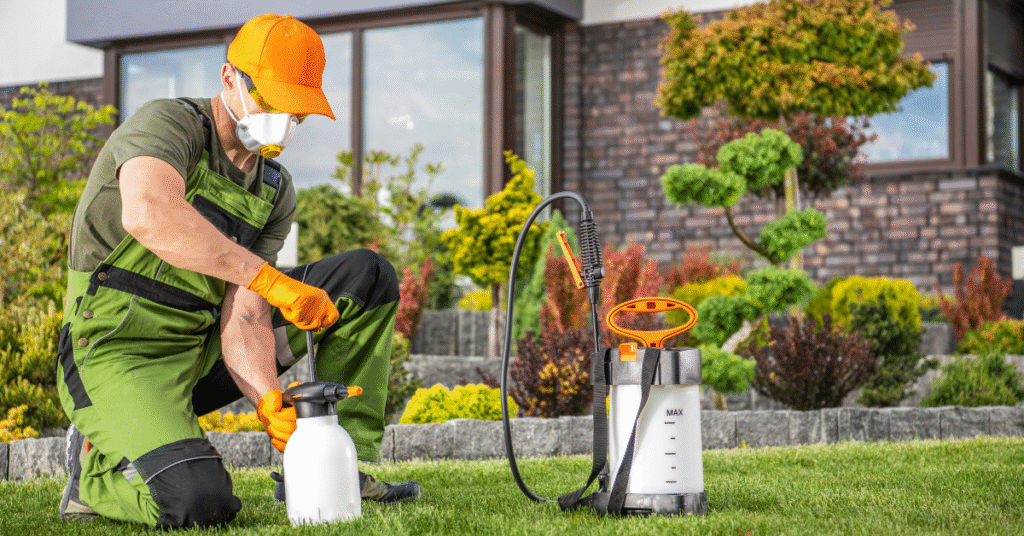
Organic pest control is an active and holistic approach that does not seek to eradicate pests but rather to establish a healthy, balanced garden where natural predators keep the pest population at manageable levels. It is a philosophy of prevention first, and intervention as a last resort.
The Proactive Approach: Designing a Balanced Ecosystem

The best way to control pests is to make your garden naturally robust by maintaining healthy organic conditions.
- Start with Healthy Soil, Grow Strong Plants: Having a well-established root system and feeding the soil with the right nutrients will go far to reduce the likelihood of a plant falling prey to pests and disease. Reiterate the need to use rich, fertile soil with compost.
- Plant Diversity: A garden with a single crop can be a feast for pests. Intermixing flowers and vegetables serves to complicate the situation for pests so that they cannot easily locate their plant of interest.
- Get into the Habit of Companion Planting: There are plants that act as bodyguards for other plants. For example:
- Marigolds are said to be an effective repellent for nematodes and soil-borne pests.
- Basil is considered to keep tomato hornworms away.
- Garlic and onion are pungent smelling types that can mask and frighten off pests.
- Enlist the Service of Useful Insects: All insects are not bad! Natural predators of pests are other insects. You can lure helpful insects such as ladybugs, lacewings, and hoverflies by growing flowers that have small, accessible flowers, including:
- Dill
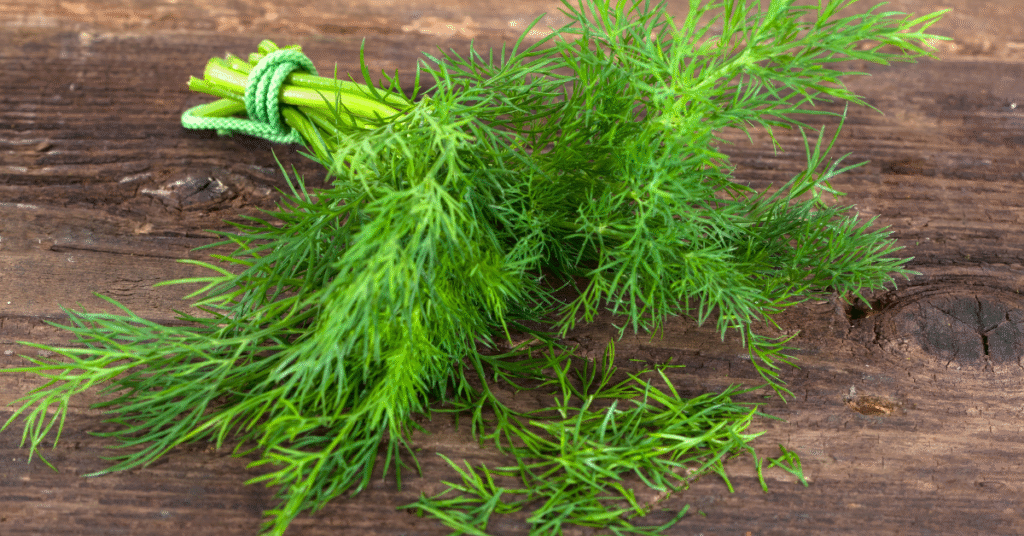
- Cilantro

- Yarrow
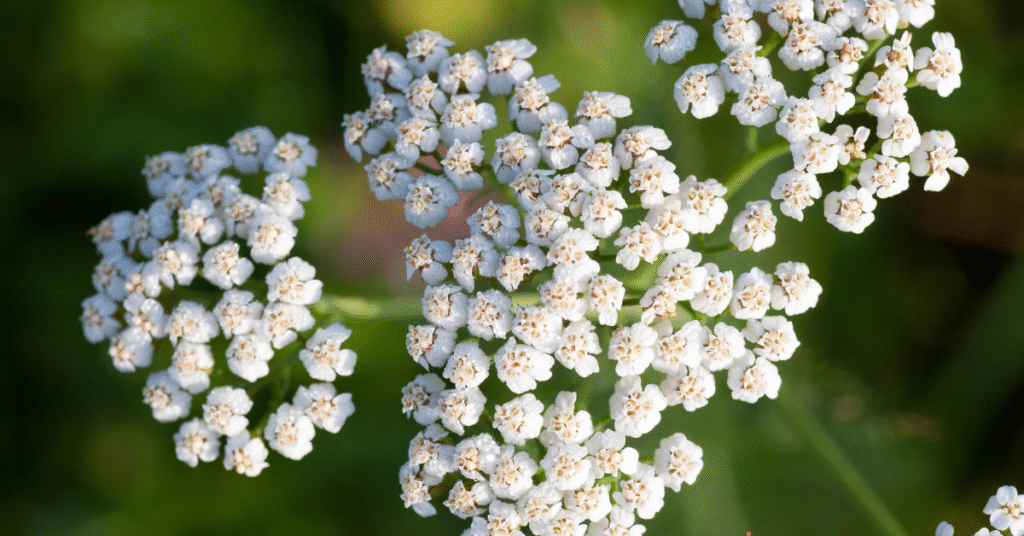
- Cosmos

The Reactive Approach: Non-Chemical Remedies
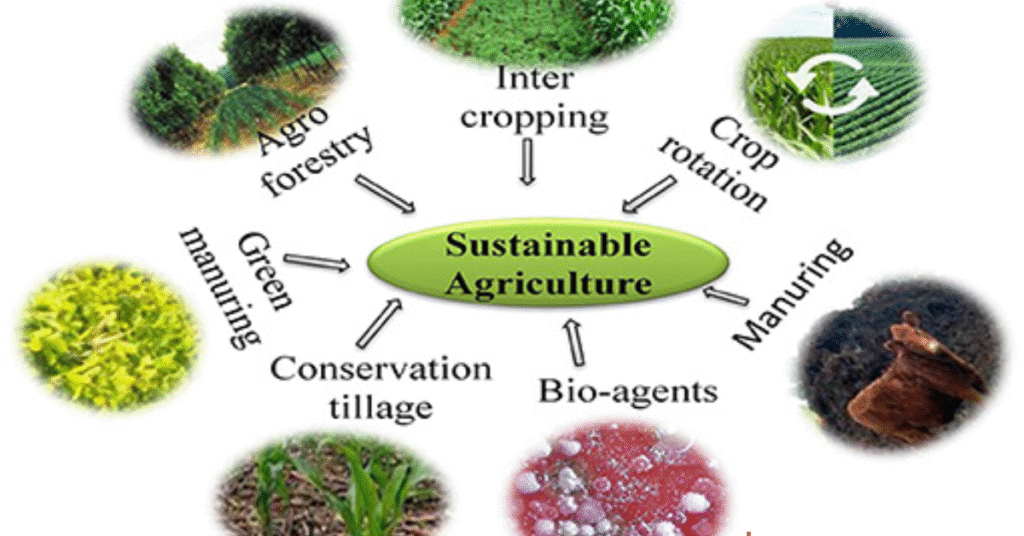
Even with your most vigilant preventative measures, pests can still appear. When this occurs, they can be managed securely and non-hazardously.
- Hand-Picking: Large pests like tomato hornworms or slugs can be removed by hand. Check your plants carefully and pick the pests out with your fingers, placing them in a bucket of soapy water.
- DIY Sprays: A homemade insecticidal soap can be quite effective against infestations of aphids, spider mites, or whiteflies.
- Recipe: Use 1 tablespoon of mild liquid dish soap in 1 liter of water.
- Application: This must be sprayed on the ailing plant to get to the back sides of the leaves. The bugs are smothered by the soap. Apply again when necessary.
- Physical Barriers: Take care of vulnerable seedlings and plants by using physical barriers.
- Row Covers: Row covers are a light fabric which can be draped over crops to keep flying insects away.
- Copper Tape: Copper tape works to prevent molluscs like slugs and snails by providing a minute electrical charge. Apply the tape to the sides of pots or the edges of raised beds.
- Traps: You can be miraculous with traps, such as beer traps, that you can use to control regular pests like slugs. Place a smaller vessel (e.g., a yogurt cup) of beer into your garden bed so that the lip sits below the top of the soil. The slugs are lured towards the yeast and drown.
Before You Act: Know Your Pest
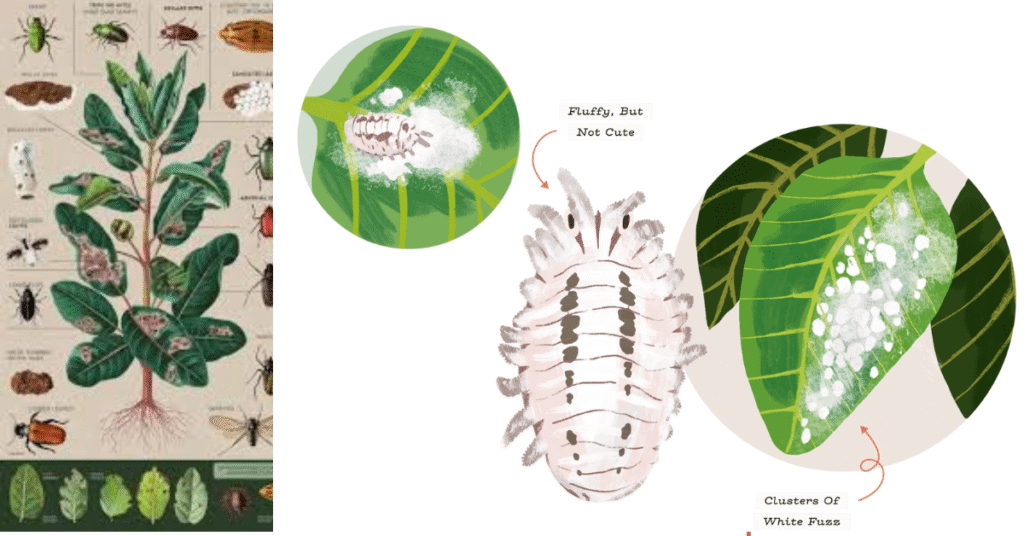
Before taking action, you have to figure out which pest you are dealing with. Not all bugs are the bad guys, and a few are part of a healthy garden. Understanding what caused the problem also means you can use a specific organic remedy and spare the hard-working insects in your garden.
The process of pest control in an organic environment is a learning process. It includes observing, waiting, and desiring to work with nature and not in contradiction to it. A well-maintained, healthy, and balanced garden will become almost a non-issue as far as pests are concerned, and your yields will be a much happier affair.



